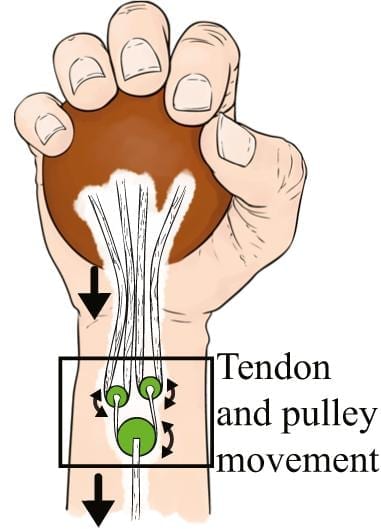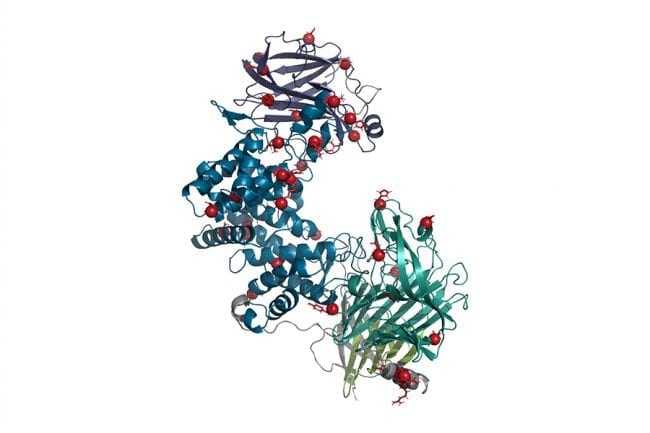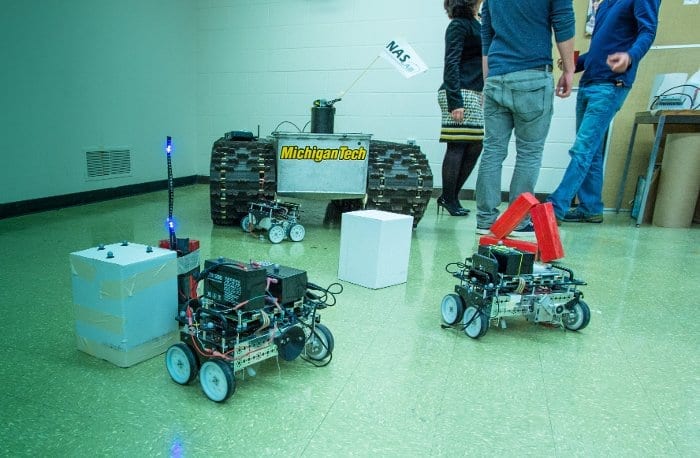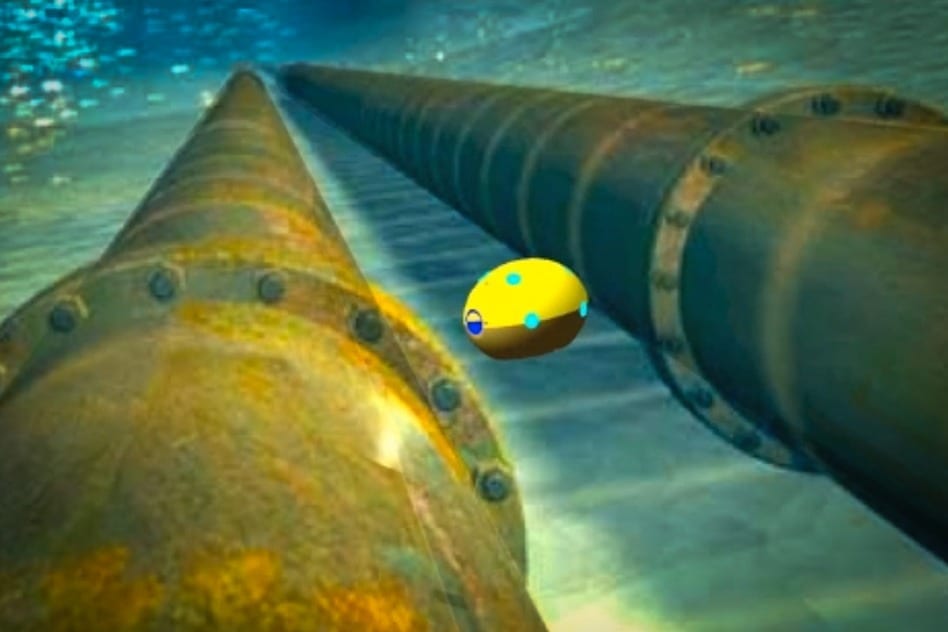
Engineers at Oregon State University have developed and successfully demonstrated the value of a simple pulley mechanism to improve hand function after surgery.
The device, tested in cadaver hands, is one of the first instruments ever created that could improve the transmission of mechanical forces and movement while implanted inside the body.
After continued research, technology such as this may offer new options to people who have lost the use of their hands due to nerve trauma, and ultimately be expanded to improve function of a wide range of damaged joints in the human body.
The findings were just reported in Hand, a professional journal, by researchers from OSU and the School of Medicine at the University of Washington. The research was supported by OSU.
“This technology is definitely going to work, and it will merge artificial mechanisms with biological hand function,” said Ravi Balasubramanian, an expert in robotics, biomechanics and human control systems, and assistant professor in the OSU College of Engineering.
“We’ll still need a few years to develop biocompatible materials, coatings to prevent fibrosis, make other needed advances and then test the systems in animals and humans,” Balasubramanian said. “But working at first with hands – and then later with other damaged joints such as knees or ankles – we will help people recover the function they’ve lost due to illness or injury.”
Initially, the OSU research will offer a significant improvement on surgery now used to help restore the gripping capability of hands following nerve damage. That procedure, called tendon-transfer surgery for high median-ulnar palsy, essentially reattaches finger tendons to a muscle that still works. But the hand function remains significantly impaired, requiring a large amount of force, the stretching of tendons, and fingers that all move at the same time, instead of separately as is often needed to grasp an object.
The new mechanism developed at OSU is not really robotic since it has no sensory, electronic or motor capabilities, Balasubramanian said. Rather, it’s a passive technology using a basic pulley that will be implanted within a person’s hand to allow more natural grasping function with less use of muscle energy.
“Many people have lost the functional use of their hands due to nerve damage, sometimes from traumatic injury and at other times from stroke, paralysis or other disorders,” Balasubramanian said. “The impact can be devastating, since grasping is a fundamental aspect of our daily life. The surgery we’re focusing on, for instance, is commonly performed in the military on people who have been injured in combat.”
The Latest on: Nerve damage
[google_news title=”” keyword=”Nerve damage” num_posts=”10″ blurb_length=”0″ show_thumb=”left”]
via Google News
The Latest on: Nerve damage
- Tampa Bay Rays' Closer Gets Positive News on the Injury Fronton April 27, 2024 at 8:44 am
After going on the injured list this week with an unknown "nerve issue," Tampa Bay Rays' closer Pete Fairbanks got some solid news on Friday: There is nothing s ...
- Toronto Blue Jays Provide Update on Injury to Top Prospect and Status of Former Aceon April 26, 2024 at 7:23 pm
The Toronto Blue Jays provided an update on Friday on the health of both top prospect Ricky Tiedemann and former ace Alek Manoah. Per Kaitlyn McGrath, who cover ...
- Soft robotic nerve cuffs could revolutionize treatment of neurological conditionson April 26, 2024 at 5:49 pm
Researchers have developed tiny, flexible devices that can wrap around individual nerve fibres without damaging them.
- No. 1 prospect Tiedemann has elbow inflammation, no structural damageon April 26, 2024 at 3:25 pm
The Blue Jays got the "best possible news" on Ricky Tiedemann, as examinations showed no ligament damage in the No. 1 prospect's left elbow. Manager John Schneider said on Friday that Tiedemann has be ...
- Frank Marino damaged a nerve in his finger while starting his new hand-built pedal companyon April 24, 2024 at 2:12 am
The player-turned-pedal manufacturer briefly toyed with the idea of relearning the guitar left-handed following the injury ...
- Thistle extract accelerates nerve regeneration by up to 29%on April 22, 2024 at 8:49 pm
Nature has again proven effective in treating health conditions, this time nerve injury. According to a new study, a compound found in the blessed thistle plant accelerates the regeneration of damaged ...
- Rays' Pete Fairbanks: Lands on IL with nerve issueon April 22, 2024 at 7:44 am
The Rays placed Fairbanks on the 15-day injured list Monday with a nerve-related issue, Ryan Bass of Bally Sports Sun reports.
- Beyond Nerve Relief Reviews – Is It Legit or Not Worth the Money? (Empower Health Labs)on April 19, 2024 at 3:45 am
By targeting these enzymes directly, the supplement not only halts the progression of nerve damage but also alleviates the pain and discomfort associated with this condition. The action of Beyond ...
- Why toenail clipping is important for diabeticson April 18, 2024 at 5:00 pm
Diabetics face unique challenges when it comes to foot health. Nerve damage and poor circulation, both potential complications of diabetes, can significantly increase the risk of foot infections ...
- What to Know About Facial Paralysison April 18, 2024 at 5:00 pm
If your face is droopy, you may have facial paralysis, which is a loss of facial movement due to nerve damage. Your facial muscles may appear to droop or become weak. Facial paralysis can be ...
via Bing News










